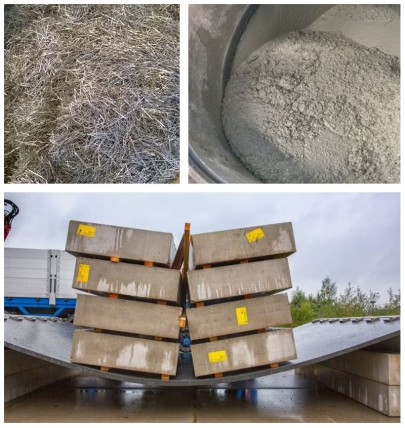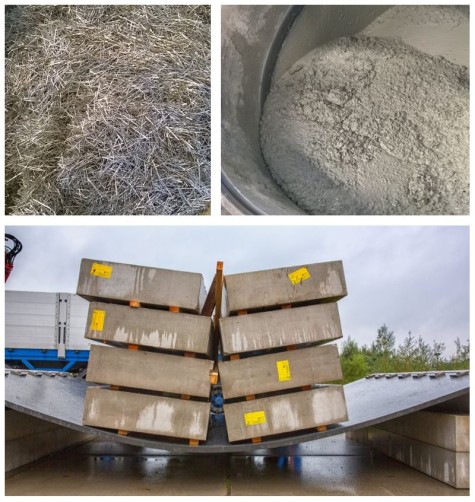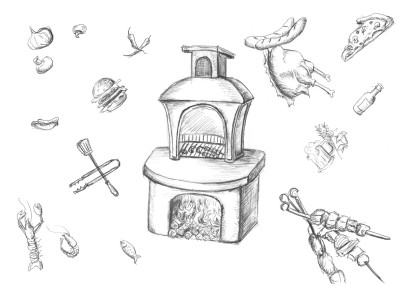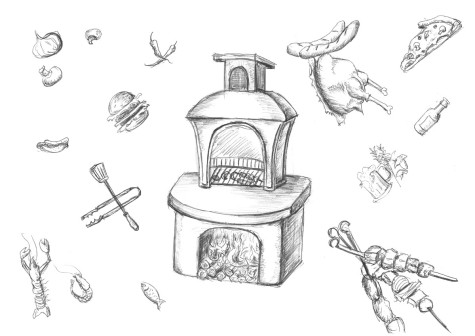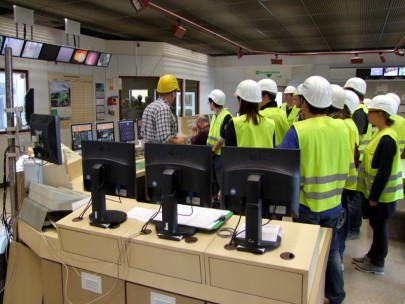Contents of the lecture
Subject of the lecture are raw materials, properties and applications of special concretes such as …
- Ultra-high performance concrete (UHPC) with a compressive strength of well over 150 N/mm²,
- Fiber reinforced concrete (FRC), which can be deformed much more than conventional concrete,
- Self-compacting concrete (SCC), which is highly flowable and yet does not segregate,
- Foamed, porous and lightweight concrete (LC) with a density of down to 0.1 kg/dm³,
- underwater concrete, which does not segregate even when poured under water,
- mass and architectural concretes which should remain as crack-free as possible,
- surface concretes for traffic areas or industrial floors, and
- concretes with recycled aggregate.
Exercises and lab practices
In the exercises, non-normative methods are presented that can be used to design special concretes. For example, you will learn about the optimization of particle packing of aggregates in the fines range to achieve ultra-high-strength concretes and the Okamura method for the development of a self-compacting concrete.
After preparing the mix designs in the exercises, the corresponding special concretes are mixed by the students themselves in the laboratory practicals. By mixing and conducting various fresh concrete tests, students learn about the properties of the different special concretes. The joint laboratory work provides an optimal framework to explain the experiments in detail and to discuss results.
Project
The highlight of the course is the study performance in the form of a project. For this, small groups of students work out creative designs for a given object made of special concretes. After the presentation of the designs, winning designs are selected, which are then realized in larger groups. In recent years, for example, barbecues and a mobile beer dispenser have been built, the functionality of which is of course tested at a small party afterwards.
Excursion
For participants of the lectures “Special Concretes” a three-day excursion is offered. Participation in this excursion is optional. Previous excursions have led to Heidelberg, Freiburg or the Eifel. There, various stone quarries, an aerated concrete plant, a manufacturer of recycled aggregate, a cement plant, as well as manufacturers of concrete pipe systems and shafts were visited.
Lecture
| Professor | Prof. Dr.ir. Eddie Koenders |
| Other instructors: | Dr.-Ing. Dott. Mag. Albrecht Gilka-Bötzow |
| Supervision by: |
M.Sc. Felix Berger M.Sc. Donglin Cao |
| Rotation | Summer Semester |
| Requirements |
Bachelor course “Construction and Building Materials” (relevant contents will be repeated at the beginning of the lecture) |
| Credit Points | 6 CP |


